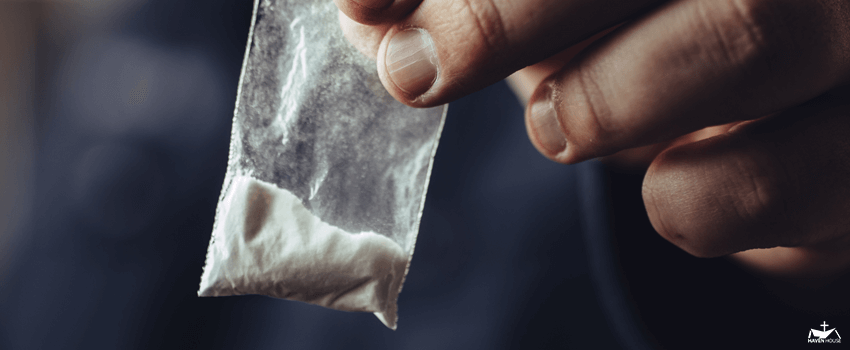
Table of Contents
Estimate of 5.7 million users, we still have a substantial distance to go in reducing the use of this addictive stimulant. Science is helping. For example, we now know more about where and how cocaine acts in the brain, including how the drug produces its pleasurable effects and why it is so addictive.
There are basically two chemical forms of cocaine: the hydrochloride salt and “freebase.”
Cocaine is classified as a Schedule 2 Controlled Substance under the federal Controlled Substances Act and is illegal in most circumstances.
The negative side effects of habitual cocaine use that was responsible for coining the phrase, “dope fiend”.
In Texas, 200-300 cocaine overdose deaths are reported each year.
The number of Americans that use cocaine weekly has remained steady at around a half million since 1983 according to the 1993 Household Drug Survey; 582,000 (0.3% of the population) were frequent cocaine users in 1995 (frequent meaning use on 51 or more days during the past year.
Cocaine raises body temperature, heart rate and blood pressure. Even one use causes heart palpitations or cardiac arrest.
Cocaine users will lose interest in their family, sex, jobs, just about everything, except using more cocaine.
Newsletter Signup
Discipleship Training
“The teaching of the wise is a Fountain of Life, turning a person from the snares of death.”
Proverbs 13:14 NIV


